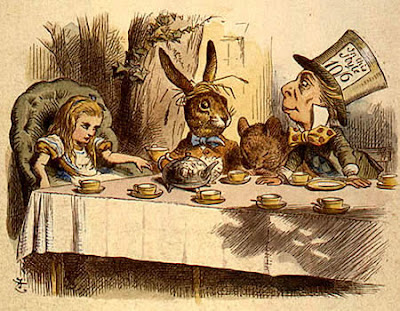I first designed Boeing, Boeing - a farce with several gorgeous what were called "stewardesses" in the 1960s - for Circle Theatre in Fort Worth. This has a small thrust stage with a low ceiling (8') and a not over-large proscenium wall to squeeze seven required doors into. Yesterday's POST included an elevation sketch.
Now I'm redesigning the show for WaterTower Theater in Addison, Texas, a space with a somewhat wider stage that will be configured like a proscenium this time. The stage is much taller (30'). Sorta changes things!
Here are plans for comparison. (Click a pic to see better. I'm hoping these look about the same scale to you - judge by the doors, about the same size?)
Boeing, Boeing at Circle Theatre 2011
Preliminary (may change, WILL change!) plan for Boeing, Boeing at WaterTower Theater 2012
You'll notice that the later, WaterTower, set has only six doors - not seven. That's because in staging the show at Circle the director (same director) and I discovered only six doors were needed. But you'll also notice that, in spite of the larger stage the second time round, most of those doors remain pretty close together. That's because timing is crucial for a farce; those doors need to be closely spaced (translate as "fast" for acting). The main entry and the exit to the kitchen were able to shift downstage to the stage-right and stage-left corners, not an option on the previous thrust stage.
Other differences are to do with filling a larger space... This set needs more size, bulk, presence! in order to be in proportion with this venue and audience size.
I'm meeting the director today, so I'll let you know whether this latest design flies.




































